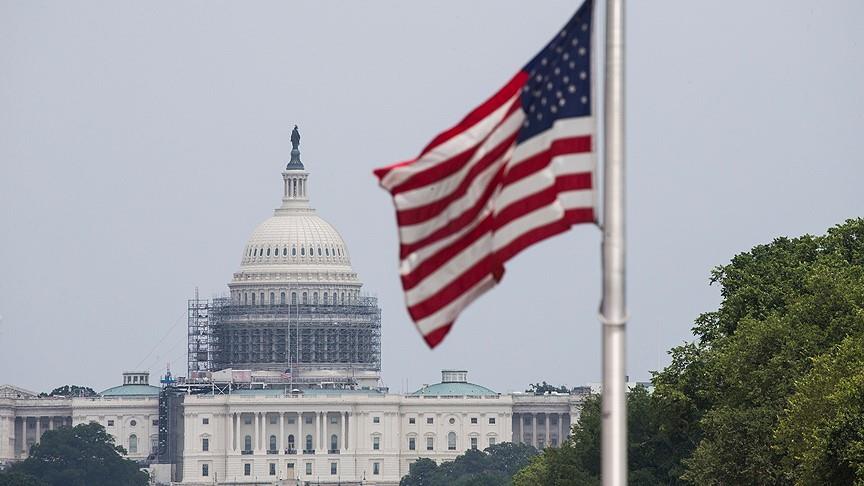- The Writer holds an MSc in Eurasian Political Economy & Energy from King’s College London and also an MA in European Studies from Sabancı University.
International political ramifications are once again intensifying with President Trump’s latest momentous decision. His announcement of the termination of the U.S.’ participation in the Joint Comprehensive Plan of Action (JCPOA) with Iran resulted in another shock to the global oil and gas market. The re-imposition of sanctions on Iran mainly targeting energy, petrochemical and the financial sectors mean that a cascade of unpredictable events is certain to follow in the days ahead, creating further concerns in the global energy market. Although it is impossible to assess the full impact of the U.S. decision on the oil and gas market, Brent crude’s climb to near as high as $78 on Thursday shows signs of a return to an era of risk and uncertainty.
After the unanimous decision taken back in July 2015 and the conclusion reached with the JCPOA, the lifting of energy and finance-related sanctions began. Since then, the reinvigoration of Iran’s energy industry has been lackluster and below expectations with few noteworthy achievements realized. Tehran, however, was able to commence natural gas exports to Iraq and signed a contract with TOTAL and China National Petroleum Corporation (CNPC) over the same time period. In this regard, energy industry developments saw some positive developments and began to re-connect to the world after decades of stagnation.
Iran roughly contributes 3.8 million barrels of oil to the world’s 100 million barrels of oil production. Almost one-third of oil produced in Iran is exported to India and China. After these Asian markets, Europe is the second biggest market for Iranian oil. While countries that import oil from Iran remain cautious, they urged Trump to reconsider his final decision. However, he openly threatened companies and banks to wind down their operations with Iran within a given timeframe or told them they would face severe consequences. It is hard to predict what the Trump administration’s next move will be, and therefore, the real magnitude of the re-imposition of sanctions and its scale will only be seen in the coming weeks and months.
Although Iran’s oil output has remained somewhat steady for the last couple of years, Iran aims to produce more than 4 million barrels per day in the next four to five years with the help of international financing and technology transfer. But given Iran’s OPEC quota as well as Trump’s withdrawal from the contentious nuclear deal, it is very likely that oil production in Iran will be stuck at its current volume of 3.8 million barrels per day for the foreseeable future. Many oil analysts note that with the re-imposition of heavy sanctions by the U.S., Iranian oil production could be cut by up to 10 to 15 percent within the next six months.
With the introduction of a new fiscal policy in combination with relatively low production costs, Iran’s oil market could withstand the fallout in the following days, but increasingly mounting above-ground risks - political, regulatory and security- are putting the energy industry’s future at great risk. Among all the hurdles that could hamper Iran’s oil industry, the financing of new projects looks the hardest. The U.S. withdrawal has massively increased the risk and uncertainty over the future of Iran’s oil market.
Companies that wish to engage in new projects, particularly foreign companies, need to find a way to bypass the U.S. financial system. The U.S.-dominated credit lines will stop financiers from obtaining project approval. Because of this, oil sector investors in Iran need to become more creative in seeking alternative ways to continue to finance newly started projects. To facilitate investment in Iran’s oil industry, Italy and France have been working on EU-dominated credit lines, and if successful, many other counties could follow suit.
The Iranian Parliament’s stiff opposition to foreign investors also poses problems in obtaining financing. The case with the Total and CNPC joint $5 billion contract to develop the South Pars offshore gas field in Iran for 20 years now remains uncertain and has been another major stumbling block for the Iranian oil sector. The fact that France’s rather harsh criticism of the Iranian government, while secretly undergoing contract negotiations between government officials and company representatives increases uneasiness and further strains an already difficult relationship.
A large number of domestic and international challenges stand against the Iranian oil sector. The U.S. withdrawal from the JCPOA has the potential to regress the progress made in the Iranian energy sector, particularly the oil industry. The Trump administration’s open threats of potential penalties for companies investing in Iran and the planned re-imposition of heavy sanctions could lead to greater instability in the region and possibly an oil price spike.
- Opinions expressed in this piece are the author’s own and do not necessarily reflect Anadolu Agency's editorial policy.


